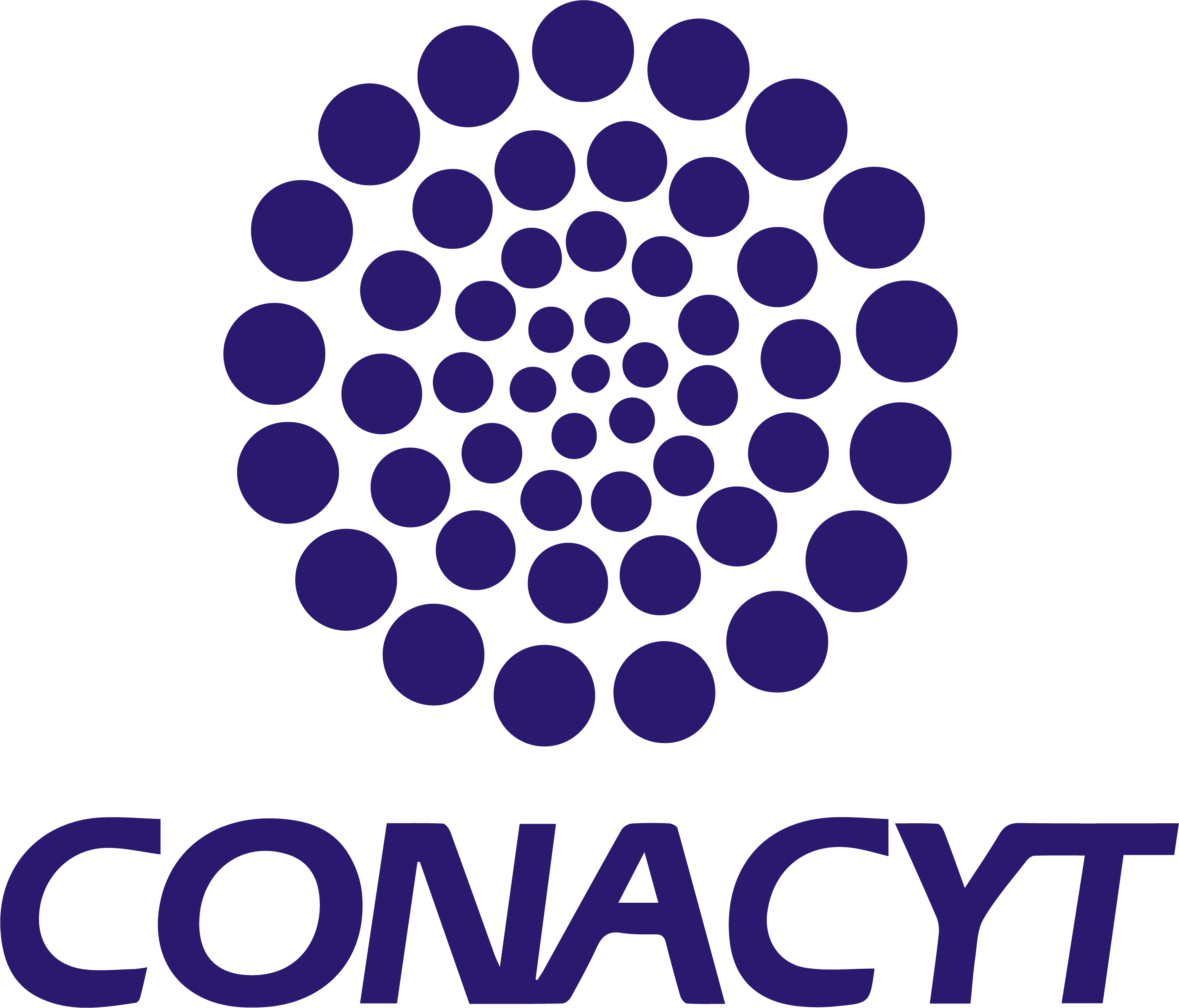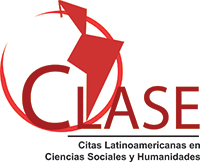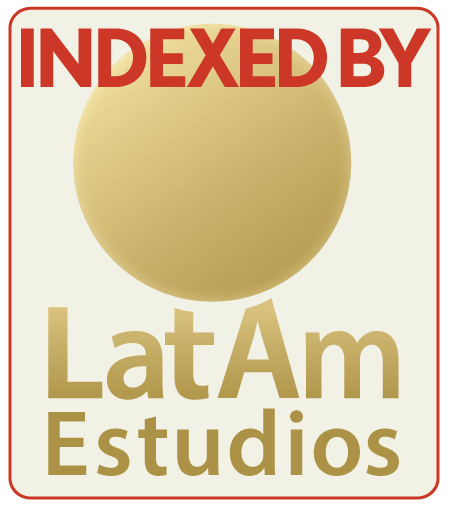Social development through the assessment of aesthetic communication system of the native peoples of Baja California
Abstract
This article aims to show the correlation between variables graphically aesthetic identity assessment Kumiai- object desired- communication system object of consumption. Baja California is the original land of the Yuman peoples comprise Cucapá families, Kiliwa, Paipai, Kumiai Cochimí and latter are unusual in that their original territory is divided by the political border between Mexico and the United States. It is a special case where you can see how the group identity has prevailed through generations despite the geo-economic circumstances and international policies, however the communities on both sides of the border have different levels of social development, in part because of the level of valuation, and commercial use of their native identity. The case study is located in the Kumiai settlement of the town of San Antonio de Necua, Baja California Mexico, where the community has an eco-resort without the proper use of its aesthetic and native identity for proper identification and positioning of their services.
Downloads
References
Barrett, T. (1994) Criticizing Art: Understanding the Contemporary. Mayfield Publishing Company, Mountain View, California.
Costa Joan (1999). Imagen corporativa en el siglo en el siglo XXI. En C. Johan, Imagen corporativa en el siglo en el siglo XXI (pág. 264). La Crujía editores.
CDI-PNUD. (2000) Sistema de indicadores sobre la población indígena de México, con base en INEGI XII Censo General de Población y Vivienda, México.
Garduño. (2001). De comunidades inventadas a comunidades invisibles: hacia un marco teórico para el estudio de los Yumanos de Baja California. Estudios fronterizos.
Garduño, E. (2010). Los grupos Yumanos de Baja California: ¿Indios de paz o indios de guerra? Una aproximación desde la teoría de la resistencia pasiva. Estudios Fronterizos, nueva época, 11 (22), 185-205.
Ehrenberg, Felipe (1991) La creciente fuerza de provincia ante la creciente debilidad del centro, en Artes Plásticas en la Frontera México/Estados Unidos. Ed. Binacional, ISBN 968-6260-44-7, San Diego.
Julier, Guy. (201) La cultura del diseño, Ed. Gustavo Gili, tr. de Marcos Musiera, Barcelona, ISBN 978-84-252-2229-0
Machado, J. C. (2008). Gráficas Etno-simbólicas ecuatorianas para estuches de dispositivos móviles. Ecuador: Universidad de Cuenca.
Olmos Aguilera, Miguel. (2011) El chivo encantado. La Estética del arte indígena en el noroeste de México, Ed. Colegio de la Frontera Norte. Col Cultura y las Artes del Noroeste, Tijuana, ISBN 978-607-479-040-5
Trujillo Muñoz, Gabriel. (2011) Los Diablitos, Diez mil años de artes plásticas en Baja California. Universidad Autónoma de Baja California. ISBN 978-607-607-022-2, Mexicali. 2011
Wucius Wong. Fundamentos del diseño (2013) Editorial Gustavo Gili de México, S.A, Colección GG Diseño, 1a edición , 14a tirada, 352 pp, Barcelona.
Tapia, Alejandro (1999) Los logotipos y la imagen institucional, en la revista Diseño en Síntesis 28, Año 10, Primera Época, Otoño.
Saaty, Thomas L. (1980 ) The Analytic Hierarchy Process: Planning, Priority Setting, Resource Allocation, ISBN 0-07-054371-2, McGraw-Hill
In order to promote the development and dissemination of research in education in Latin America, the Ibero-American Journal for Educational Research and Development (RIDE) adhered to the Budapest Open Access Initiative, which is why it is identified as a Open access publication. This means that any user can read the complete text of the articles, print them, download them, copy them, link them, distribute them and use the contents for other purposes. Creative Cummons licenses allow users to specify the rights to use an open access journal available on the Internet in such a way that users know the rules of publication. Authors who publish in this journal accept the following conditions: Authors they keep the author's rights and give the magazine the right of the first publication, with the work registered with the attribution license of Creative Commons, which allows third parties to use the published material whenever they mention the authorship of the work and the first publication in this The authors can make other independent and additional contractual agreements for the non-exclusive distribution of the version of the article published in this journal (eg, include it in an institutional repository or publish it in a book) as long as they clearly indicate that The work was published for the first time in this magazine. Authors are allowed and recommended to publish their work. low on the Internet (for example on institutional or personal pages) before and during the review and publication process, as it can lead to productive exchanges and to a greater and faster dissemination of the published work














